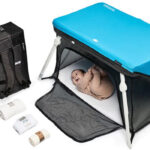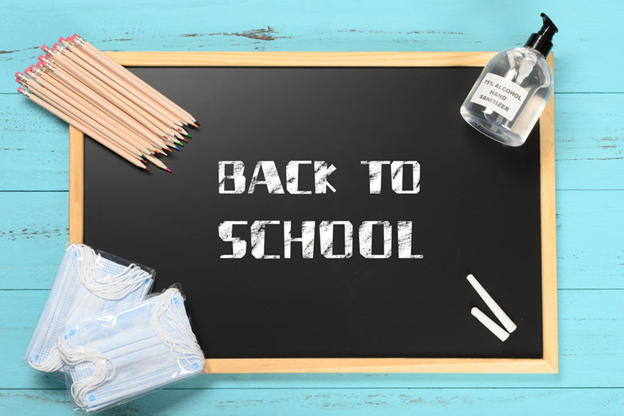As an AI language model, I can provide you with a general framework for a buyer’s guide to reopening classrooms amid COVID-19. However, I cannot provide specific CDC guidelines as my training data only goes up until September 2021. It’s essential to consult the Centers for Disease Control and Prevention (CDC) and local health authorities for the most up-to-date guidelines regarding COVID-19 safety measures. Here’s a general outline of considerations for reopening classrooms:
- Physical Distancing: Review CDC guidelines on maintaining physical distance between students, such as reconfiguring classroom layouts and providing visual cues to encourage proper distancing.
- Ventilation and Air Quality: Ensure proper ventilation in classrooms by opening windows or using air purifiers. Consider CDC recommendations for improving indoor air quality and filtration systems.
- Hygiene Practices: Promote hand hygiene by providing hand sanitizers or handwashing stations and reinforcing proper handwashing techniques. Follow CDC guidelines on cleaning and disinfection protocols for classrooms and shared surfaces.
- Face Coverings: Familiarize yourself with CDC recommendations regarding the use of face masks or coverings in schools, including requirements for students, teachers, and staff members.
- Health Screening and Monitoring: Implement protocols for daily health screenings of students, teachers, and staff members. Follow CDC guidelines on symptom monitoring and when individuals should stay home.
- Vaccination Efforts: Stay updated on CDC recommendations regarding COVID-19 vaccination efforts for eligible individuals, including teachers and staff members.
- Classroom Density and Grouping: Follow CDC guidelines on classroom density, considering measures like reducing class sizes, staggering schedules, or implementing hybrid learning models.
- School Transportation: Review CDC guidelines on safe transportation practices for students, including recommendations for bus capacity, ventilation, and sanitization.
- Communication and Education: Develop clear and consistent communication strategies to inform students, parents, teachers, and staff members about COVID-19 protocols, updates, and resources.
- Mental Health Support: Consider implementing strategies to support the mental health and well-being of students and staff, such as counseling services and promoting open communication about emotions and stress.
- Extracurricular Activities: Review CDC guidelines on the resumption of extracurricular activities, including sports, clubs, and events, and develop plans to ensure their safe implementation.
- Contingency Plans: Develop contingency plans in case of COVID-19 outbreaks or changes in local health guidelines. Consider how to seamlessly transition between in-person, hybrid, or remote learning as needed.
- Staff Training and Professional Development: Provide training and resources for teachers and staff members on COVID-19 protocols, classroom management, and supporting students’ academic and emotional needs.
- Parent and Community Engagement: Involve parents and the community in the reopening process by providing regular updates, soliciting feedback, and addressing concerns.
- Ongoing Evaluation and Adaptation: Continuously monitor and evaluate the effectiveness of COVID-19 safety measures, and be prepared to adapt strategies based on evolving CDC guidelines and local health conditions.
Remember, it’s crucial to consult the CDC’s official guidelines and work closely with local health authorities to ensure your reopening plan aligns with the most current and specific recommendations for your region.












